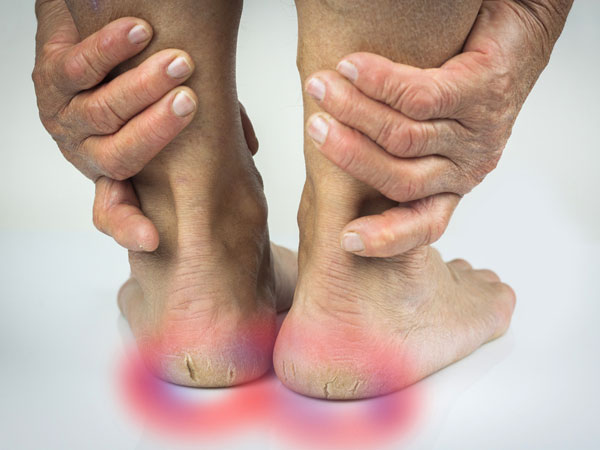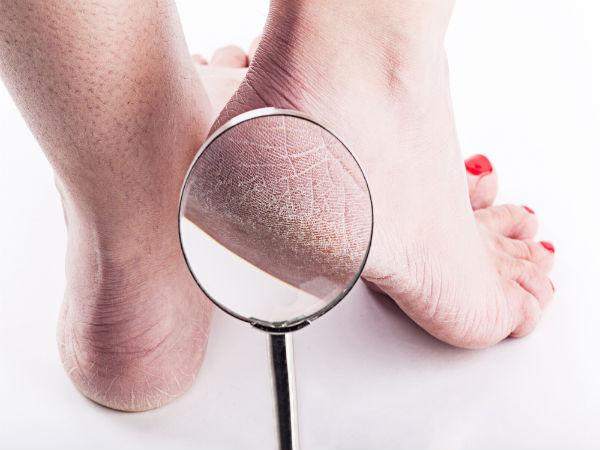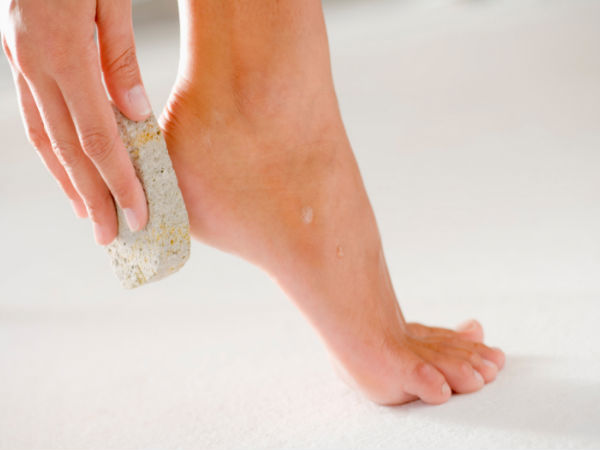Just In
- 4 hrs ago

- 4 hrs ago

- 8 hrs ago

- 14 hrs ago

Don't Miss
- Sports
 Pakistan vs New Zealand: PCB's Failure to Learn Lesson As Fans Continue To Suffer At Rawalpindi Cricket Stadium
Pakistan vs New Zealand: PCB's Failure to Learn Lesson As Fans Continue To Suffer At Rawalpindi Cricket Stadium - Finance
 1:10 Stock Split: Below Rs 10, Fertilizer Sector Turned Ex-Split; 8,282% Returns In 5 Years
1:10 Stock Split: Below Rs 10, Fertilizer Sector Turned Ex-Split; 8,282% Returns In 5 Years - Movies
 Pukaar Dil Se Dil Tak Promo: Sayli Salunkhe Impresses In First Video Of Sony TV Show, Details About Her Role
Pukaar Dil Se Dil Tak Promo: Sayli Salunkhe Impresses In First Video Of Sony TV Show, Details About Her Role - News
 Chinese President Xi Jinping Orders Biggest Military Reorganisation Since 2015
Chinese President Xi Jinping Orders Biggest Military Reorganisation Since 2015 - Education
 Exam Pressure Does Not Exist; Studying Punctually is Crucial; Says Aditi, the PSEB 2024 Topper
Exam Pressure Does Not Exist; Studying Punctually is Crucial; Says Aditi, the PSEB 2024 Topper - Automobiles
 Suzuki Swift Hatchback Scores 4 Star Safety Rating At JNCAP – ADAS, New Engine & More
Suzuki Swift Hatchback Scores 4 Star Safety Rating At JNCAP – ADAS, New Engine & More - Technology
 Dell Introduces AI-Powered Laptops and Mobile Workstations for Enterprises in India
Dell Introduces AI-Powered Laptops and Mobile Workstations for Enterprises in India - Travel
 Journey From Delhi To Ooty: Top Transport Options And Attractions
Journey From Delhi To Ooty: Top Transport Options And Attractions
Facts About Your Cracked Heels That Are Ugly But True
On any occasion, especially during dry climate, or at times when you're wearing sandals, you might note that your heels have taken on the texture of a rough concrete wall.
Finally, you might find that your heels have started to crack in spots. Now, these breaks may be small ones, or they might be deep enough that they bleed and make it very painful to walk.
The heels are under a lot of pressure just about any time you remain true. If you weigh a little more than average, or if you are on your legs, a whole lot, the pressure is still greater.
Also Read: DIY Rice Vinegar, Salt And Olive Oil To Fix Cracked Heels
Under that pressure, the fat pad under your heel tries to expand outward. In case your skin is dry, or if you are wearing open-heeled shoes that provide no support to shore up that expansion, the skin around your heel might start to crack.

This might be fairly uncomfortable, really, since skin is usually best when it remains in one piece.
Occasionally, dry or cracked heels can be a sign of an underlying condition like diabetes mellitus or hypothyroidism, which could reduce sweating and for that reason, make your legs a bit more dry.

Some skin conditions may also be at the cause of the problem like eczema or psoriasis. If you are worried about these conditions, you will want to check with your podiatrist, when visiting for advice on the treatment.
Breaks in your heels are a fairly simple sign to place. You're also likely to have associated symptoms like dry or thickened skin, occasionally appearing with a yellow or brown callus along the heel.

In case your breaks are deep, they might bleed, and if attacked, they might become inflamed. Your podiatrist may often make the analysis by performing a visual assessment, though he or she will likely ask you if there is any pain while you stand, and will probably check to be sure you'll find no signs of an infection.

Also Read: 5 Soft Gels You Can Use On Cracked Heels
If an underlying condition like diabetes mellitus or a thyroid problem is suspected, your podiatrist might suggest further testing.
Generally, treatment requires moisturising the skin of the heel and providing support for it. You can remove some of the dry skin on your heel by lightly rubbing a pumice stone on your heel whenever you take a shower or bathe.

Whenever your legs are all properly dried off afterward, you may smear on some moisturising cream to help keep the skin supple and less vulnerable to breaking. By the way, do not go after your dry skin with a pair of scissors or a razor, just a word of caution.
-
 beautyGlow Like Deepika Padukone: Follow Fighter Movie Star's Skincare Routine for Luminous Skin
beautyGlow Like Deepika Padukone: Follow Fighter Movie Star's Skincare Routine for Luminous Skin -
 beautyRetinol 101: What To Know Before Adding Retinol To Your Beauty Routine
beautyRetinol 101: What To Know Before Adding Retinol To Your Beauty Routine -
 beautyHow The Moon Impacts Your Beauty Routine, Lunar Self-Care Tips!
beautyHow The Moon Impacts Your Beauty Routine, Lunar Self-Care Tips! -
 skin careTips To Make Waxing Less Painful: Pointers For First-Timers!
skin careTips To Make Waxing Less Painful: Pointers For First-Timers! -
 body careDo You Have A Body Care Routine? Its High Time You Do! Steps To Follow
body careDo You Have A Body Care Routine? Its High Time You Do! Steps To Follow -
 beautyShraddha Kapoor’s Beauty Secrets For Glowing Skin And Fit Body
beautyShraddha Kapoor’s Beauty Secrets For Glowing Skin And Fit Body -
 body care6 DIY Homemade Remedies For Dark Elbows & Knees
body care6 DIY Homemade Remedies For Dark Elbows & Knees -
 beautyAlia Bhatt’s Beauty Secrets Revealed
beautyAlia Bhatt’s Beauty Secrets Revealed -
 body care5 DIY Masks To Lighten Dark Underarms
body care5 DIY Masks To Lighten Dark Underarms -
 beautyKriti Sanon’s Beauty Secrets Revealed
beautyKriti Sanon’s Beauty Secrets Revealed -
 body care10 DIY Body Polishing Scrubs To Try At Home
body care10 DIY Body Polishing Scrubs To Try At Home -
 body careFather’s Day 2022: 5 Grooming Products To Gift Your Dad And Show Him That You Care
body careFather’s Day 2022: 5 Grooming Products To Gift Your Dad And Show Him That You Care


 Click it and Unblock the Notifications
Click it and Unblock the Notifications



